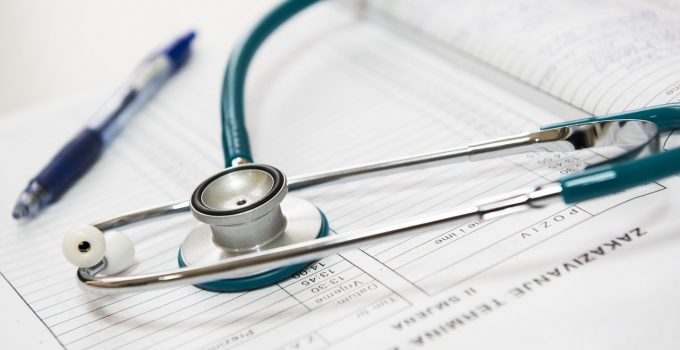Medicine is one of the industries that is constantly improving. It represents one of the most important branches since it is essential to improve this field of science to provide people with proper prevention and better treatment of various diseases. Even though there are so many advanced devices in medicine available today, which are far more complex than a stethoscope, this device represents a revolution in medicine and remains a common tool used by doctors today.
This tool was invented in the 19th century by French scientist Rene Laennec. The first invention was upgraded several times over years until we got the form that is still used today. It might seem like a simple device, but it brought a revolution to medicine since doctors were able to detect some issues and prevent more serious diseases. Most doctors still rely on it, and if you are interested in buying one, visit Tech4life stethoscopes.
The development of medication is crucial for the overall health of the population, and this invention is an important step in the history of medicine. In this article, we are going to introduce you to some of the main features of it and how it changed and influenced this field of science.
Development of Stethoscope

Source: westfaironline.com
This first device was made of wood, and it looked like a tube that doctors would place on their ears. However, in the next few decades after the first discovery of this tool, we already have a device similar to one that is used in modern hospitals. During the 20th century, scientists continue to upgrade it by changing and installing some features for improved performances. The modern model can detect different sounds, which is essential for doctors who can determine the condition of the patient that way.
Main Components
When it comes to the modern model, the main parts of it are ear tips, aural tube, headset, diaphragm, tubing, and chest piece. The ear tips are made of plastic, and their use is to allow doctors to detect various sounds. The tube is made of plastic as well, and it transfers the sound to the tips. The diaphragm is important for detecting high frequencies. Moreover, the chest piece can detect low frequencies. Also, there is an option to use different pressure for the detection of various specters of sounds.
The Importance of Stethoscope

Source: mhealthspot.com
In the time when it was invented and before that, medicine was not developed enough to detect, prevent, or treat serious illnesses. That is the main reason why it represents a so important step in development. There was no modern equipment before the 20th century that can help people to deal with various conditions, and by using this tool, doctors became much more effective. Here are some of the main uses.
-
Declaring Someone Dead
It might sound strange today, but there was an issue before this tool was created to even declare someone as officially dead. In some parts of the world, there was a practice to install a special bell in graves so people who were poorly diagnosed could alarm everyone to dig them up from the grave.
The main issue is that people could lose breath for some time at that level that others could not detect at all. This tool allowed doctors to check if there is still a pulse that can mean the person could still be treated.
-
Heart Rate
It is still the most common way of checking someone’s pulse. Using a stethoscope is much more precise than checking these parameters by placing fingers on someone’s neck. Therefore, doctors became able to detect issues like high blood pressure, arrhythmia, and more.
-
Potential Heat Issues
Doctors are still using this equipment to check the heart condition of patients. They can quickly find out if there are any issues with the heart. There are some advanced methods as well, but it requires only a couple of seconds for the expert to diagnose some problems.
-
Examination of Pregnant Women
This method can be used to check the heart rate of both mother and the unborn baby. With the help of a stethoscope, scientists could determine the condition and take proper steps if there is something wrong. They still prefer this tool today since modern equipment for scanning patients might harm the women and the baby, especially CT scanners and roentgen.
Symbol of Progress in Medicine

Source: healthvoices.org.au
Another reason why this tool is so important is related to the fact that it allowed further development of medicine on a whole new level. During the 19th century, doctors were suddenly able to save much more people, and some diseases that were complicated at that time could be easily treated if detected at the right time.
In the years after the discovery, scientists started using various results collected from patients to compare them and create symptoms and what indicates them in most cases. Therefore, they could learn the difference between having an arrhythmia and a faster heart rate. Also, they could follow the development of the baby while it was still not born by applying this tool to the stomach of pregnant women.
Conclusion
There are many conditions that experts could determine only by listening to the heartbeats or lungs. It remains as part of standard equipment each doctor is wearing all the time, and their symbol as well. It is especially beneficial for exams out of the hospital when doctors have to visit patients in their homes. There are more advanced and precise devices available, but most of them are heavy and complicated to carry around. In that matter, we expect that this device will remain a part of standard equipment for a long time.
Moreover, we have to mention that it helped people to understand more about science and learn how to apply new methods for improved treatment. This discovery made it possible for scientists to learn the difference between various conditions, and find out more about their symptoms, potential cures, and proper methods of treatment.







